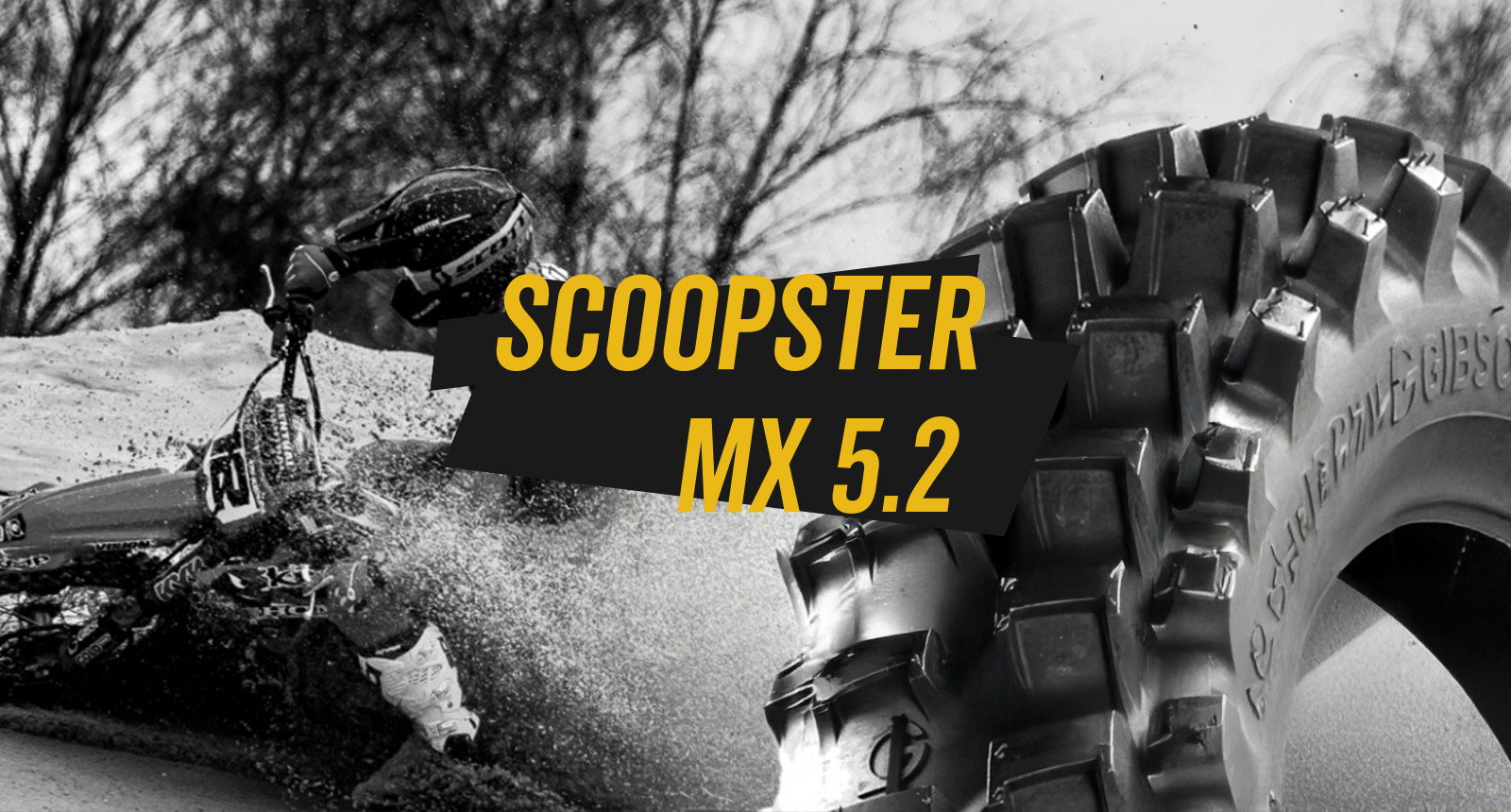Good to know
In our info blog, you'll find everything you need to know about motocross and enduro tyres – from choosing the right tyres to suitable training. Whether you're just getting started or already have experience on the track, we’ll show you what really matters when it comes to your equipment, where you can ride legally, and how to specifically improve your riding technique. Get started with us – for more performance, safety, and riding fun off-road!
MX Fitness: How a motocross rider stays in top shape!
Motocross & Muscles: How do MX riders really stay fit? Between dirt and dumbbells: The fitness routine of an MX rider.
Mousse vs. Tube – What’s the Best Choice for Racing?
When it comes to racing, one thing matters most: crossing the finish line without a flat. This is exactly where a tyre mousse has a clear advantage over a traditional tube.
Scoopster MX Tyre: The Sand Terrain Revolution
Developed in collaboration with Max Nagl, the Scoopster is the ultimate MX tyre for sandy tracks. It delivers maximum traction, precise handling, and outstanding performance – even under the toughest conditions. Tested, refined, and approved by one of the best.



